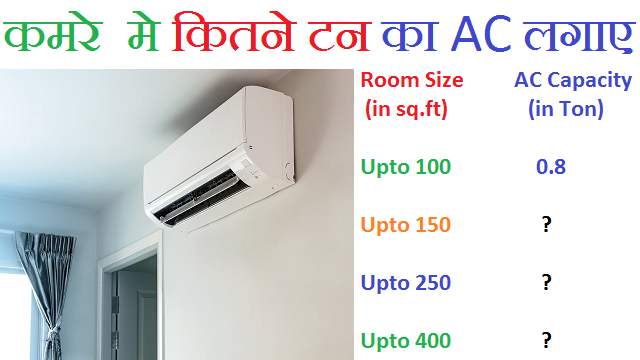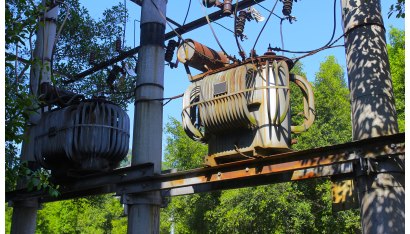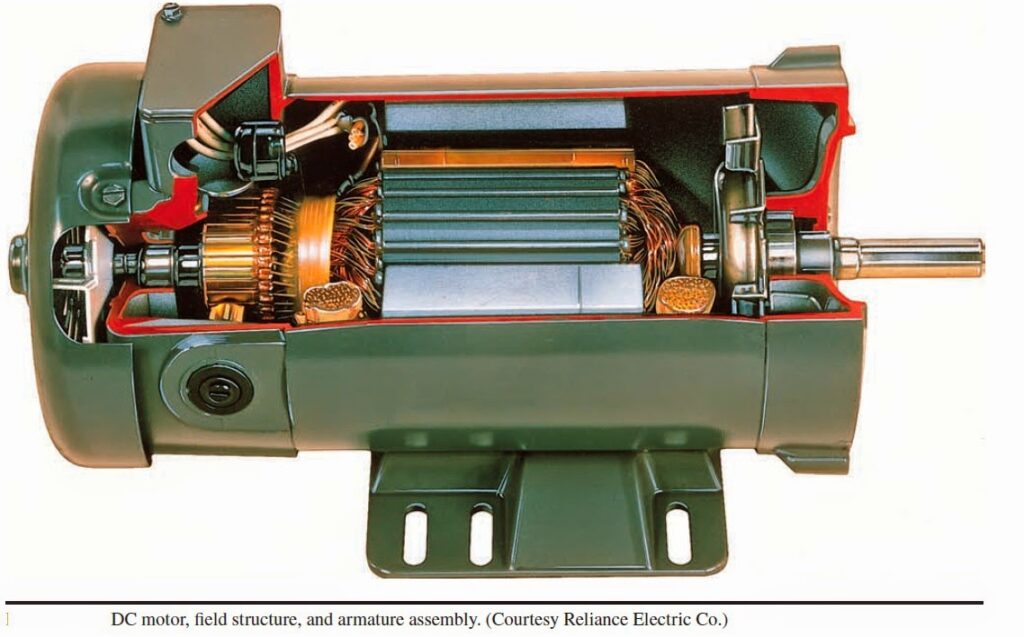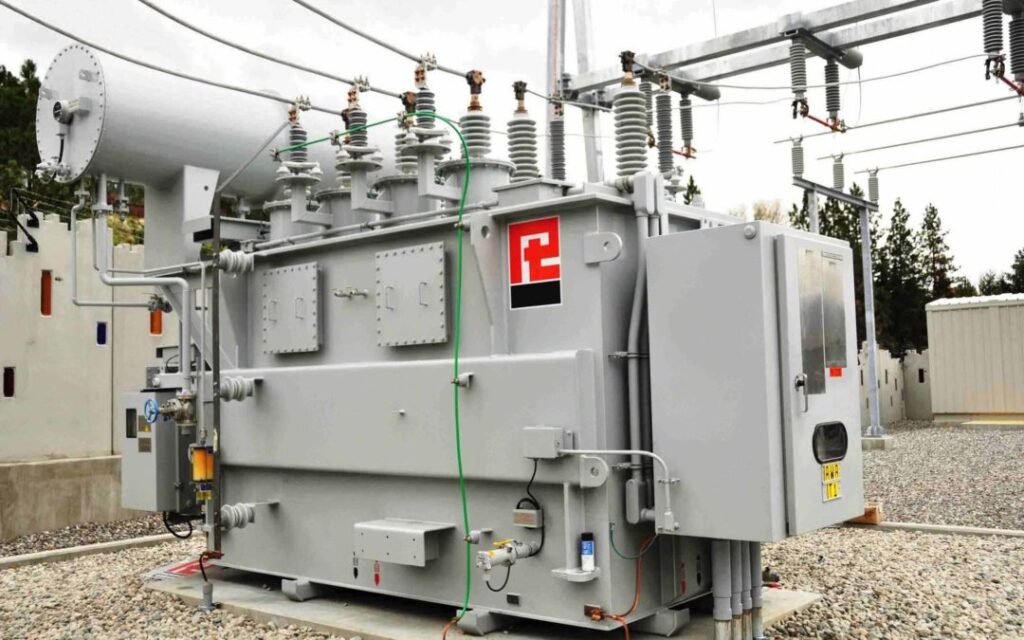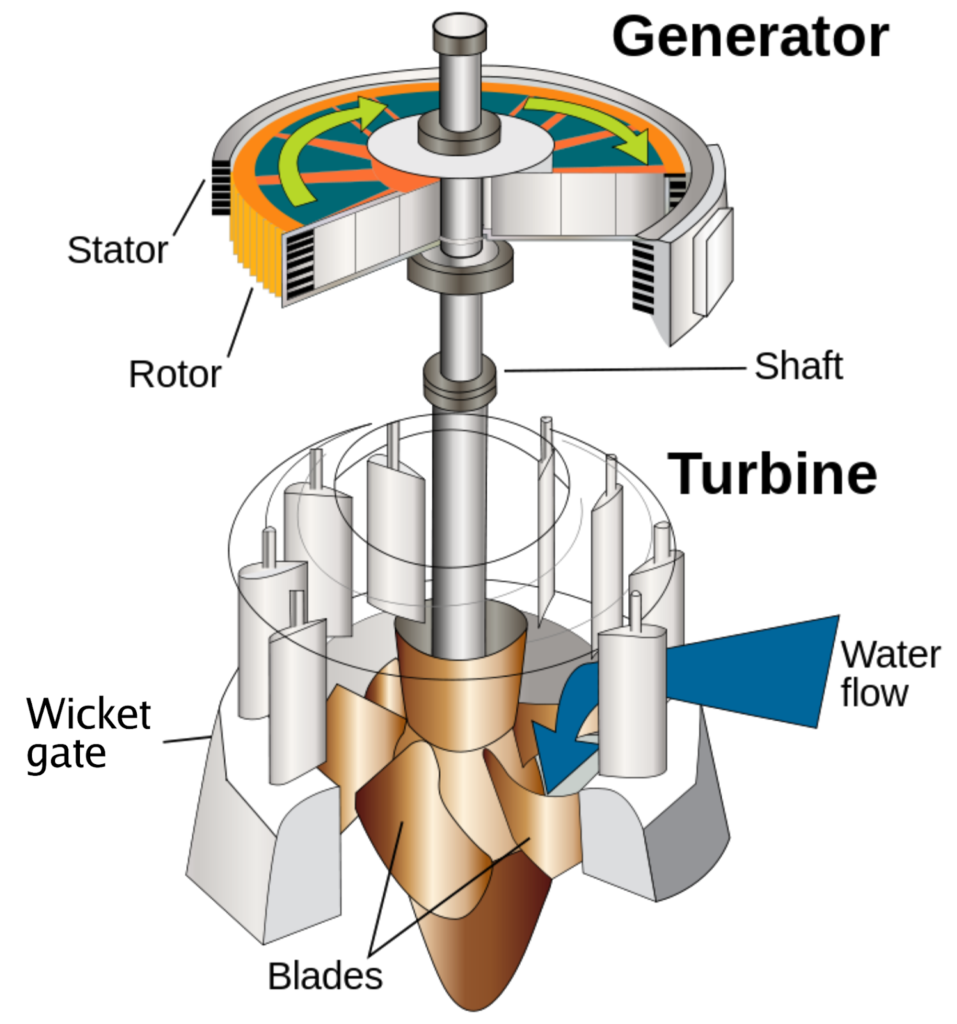Vector group of Transformer
Introduction
In today’s world we are using single phase transformers as well as three phase transformers, In three phase transformer there are three sets of primary winding as well as three sets of secondary windings one set for each phase. Also we can use three number separate single phase transformers and then interconnect the three single phase transformers externally to work as 3-phase transformer. Before interconnecting two transformers externally one should well aware about vector group of transformer otherwise there are chances of short circuit when transformers gets energized.
There are several ways of connecting primary windings, Most common configurations are follows:
- Delta Connections :- When the Polarity end of one winding is connected to the non-polarity end of the next winding then that connections are delta connections.
2. Star Connections :- When all the three polarity ends connected or all three non polarity ends connected together then that configuration is called star connections.
Now we can connect primary winding and secondary winding either in a similar fashion or in different manner i.e. delta-delta, or star-star or delta-star or star-delta.
Also Read :-
When primary and secondary winding connected in a similar fashion i.e. delta-delta or star-star then it is required that secondary voltage waveforms are in phase with the secondary waveforms and this condition is called ” no phase shift “.
But when primary and secondary winding connected in a different manner i.e. delta-star or star-delta, secondary waveforms will differ from corresponding primary voltage waveforms by 30 electrical degrees. This is called 30 degree phase shift.
Winding connection designations
First symbol of vector group indicates High Voltage and always used in capital letters shown :- D= Delta, Y=Star, Z=Interconnected star, N=Neutral
Second symbol of vector group indicates Low Voltage and always used in small letters shown:- d=delta, y=star, z=interconnected star, n=Neutral
Third symbol indicates Phase displacement expressed as the clock hour number (1,6,11)
Let’s take an Example – Dyn11
Here Dyn11 indicates:-
- First letter (D) indicates that primary winding i.e high voltage of transformer is delta connected.
- Second letter (y) indicates that secondary of transformer is star connected and (n) indicates the star point brought out neutral
- Third letter (11) indicates that there is a phase shift of 30 degree leading, As 11 shows position of clock when time on clock is 11’o clock.

